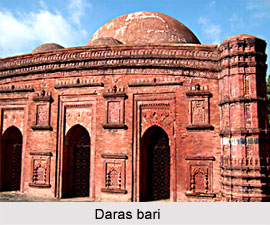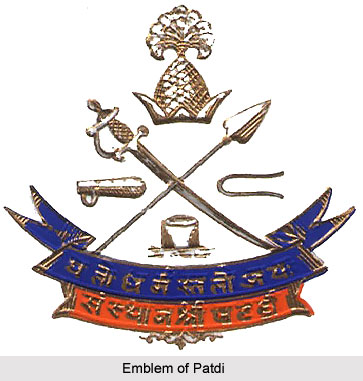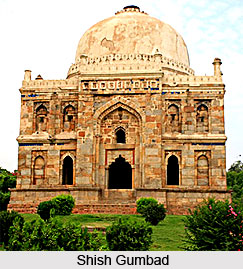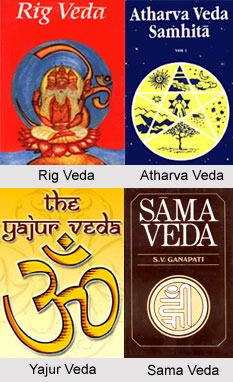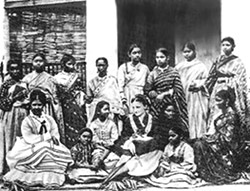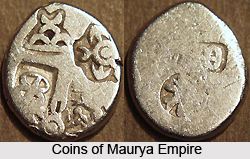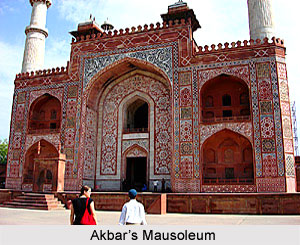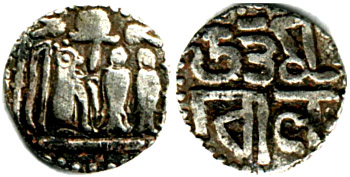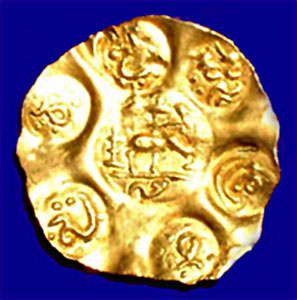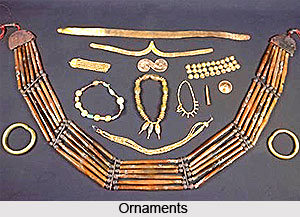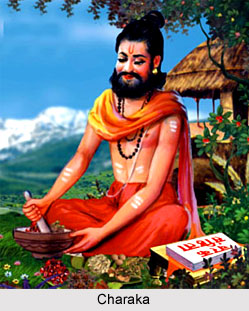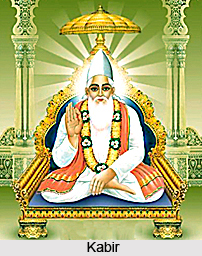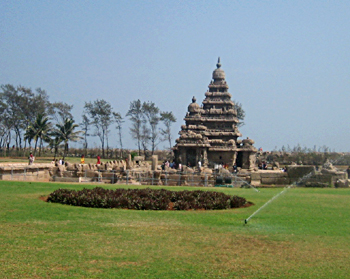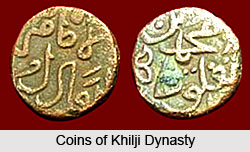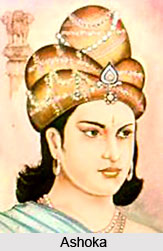 This age was the age of the progress of the Hindu religion. Different sects of Hinduism further progressed during this period. Vaishnava, Shaiva, Sakta and Surya were the prominent sects of Hinduism, which were prevalent during this period. The people of these sects considered the construction of temples and statues a sacred duty. The kings and other rich persons gave donations to the temples for their expenses.
This age was the age of the progress of the Hindu religion. Different sects of Hinduism further progressed during this period. Vaishnava, Shaiva, Sakta and Surya were the prominent sects of Hinduism, which were prevalent during this period. The people of these sects considered the construction of temples and statues a sacred duty. The kings and other rich persons gave donations to the temples for their expenses.
The followers of Shaiva religion worshipped Siva with different names such as Indra, Sankar, Pashupati, Yoga swami, Shambhu etc. Kings such as Vatsaraja, Mahendrapala and Trilochanapala were the worshippers of Siva. The statues of Vishnu, Surya, Brahma were also established in the Siva temples.
Besides this there were other small sects who worshipped different goddesses. The most prominent among these goddesses were Durga, Chamunda, Bhagavati and Kali. Surya and vinayaka were also worshipped at some places.
 From the religious point of view the Pratihara kings were tolerant and had allowed the people to follow any acts they looked. But as a whole they cannot be said to have followed a policy of religious toleration. It is because that though within a religion people was free to follow any sect. There are also some references of the persecutions of the followers of other religion.
From the religious point of view the Pratihara kings were tolerant and had allowed the people to follow any acts they looked. But as a whole they cannot be said to have followed a policy of religious toleration. It is because that though within a religion people was free to follow any sect. There are also some references of the persecutions of the followers of other religion.
Besides idol worship, Yajanas and giving of charity at religious places were also prominent. It is always learnt from an inscription that on the day of Sankranti, Trilochanapala had given in charity a village to 6,000 Brahman after worshipping lord siva. Milladitya had made a pilgrimage to hardwar.
Buddhism and Jainism: Buddhism was on the decline during this period and the number of its followers was diminishing. So was the case with the followers of Jainism whose followers mostly lived in Rajputana, Gujarat and Deogarh.
Thus it can be seen that while Jainism and Buddhism were declining. Brahmanism was progressing during the period of Pratiharas. Besides, the followers of Islam were also coming to India and were making converts to their religion.


